Mastering your playing darts stance is crucial for consistency and accuracy; it’s the foundation upon which your throwing technique is built. This article will guide you through various stances, helping you find the one that feels most natural and effective, while also covering related aspects like balance, foot placement, and adjustments for different body types and throwing styles.
⚠️ Still Using Pen & Paper (or a Chalkboard)?! ⚠️
Step into the future! The Dart Counter App handles all the scoring, suggests checkouts, and tracks your stats automatically. It's easier than you think!
Try the Smart Dart Counter App FREE!Ready for an upgrade? Click above!
Finding Your Perfect Playing Darts Stance
The playing darts stance is more than just standing at the oche. It’s about creating a stable base that allows for a smooth and repeatable throwing motion. There isn’t a single “correct” stance, as individual body mechanics and preferences vary greatly. The key is to experiment and find what works best for you. Factors such as your dominant eye, arm length, and natural balance all play a role. Consider watching professional players, but don’t simply mimic; adapt their techniques to your own strengths.
Think of your stance as a platform for your throw. A shaky or unstable platform will invariably lead to inconsistent results. Therefore, focus on developing a stance that feels both comfortable and stable. The goal is to minimize unnecessary movement and maximize control over your dart release. There are several primary darts stances to consider:
- The Front-On Stance: This stance involves facing the board directly, with both feet parallel to the oche. It offers good balance and can be particularly suitable for beginners. However, it can sometimes restrict the throwing arm’s range of motion.
- The Side-On Stance: In this stance, you stand perpendicular to the board, with your dominant side facing forward. This is a popular choice amongst professional players as it often provides a clearer view of the board and allows for a more fluid throwing motion.
- The Angled Stance: A hybrid of the front-on and side-on stances, the angled stance involves positioning yourself at a diagonal to the oche. This can offer a good compromise between stability and throwing arm freedom.
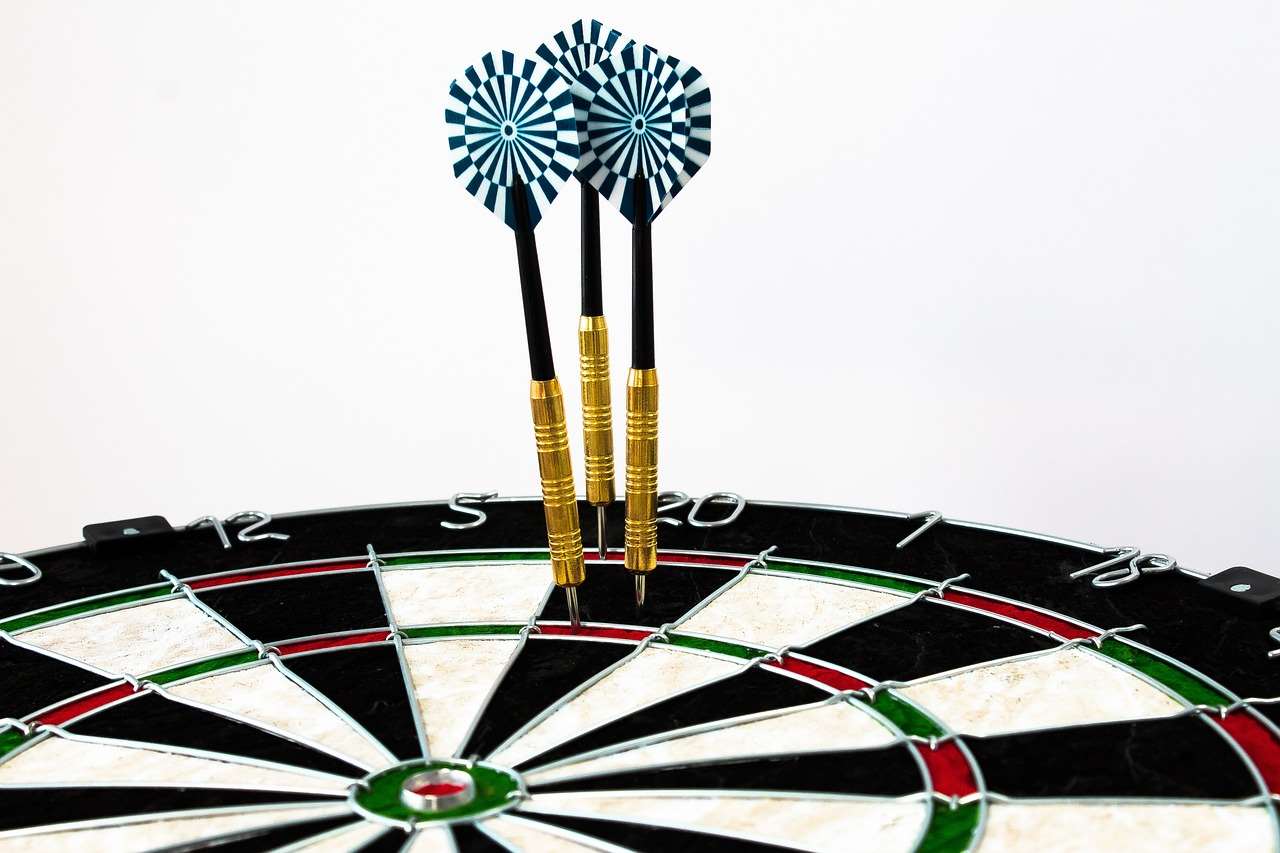
Weight Distribution and Balance
Regardless of the stance you choose, weight distribution is paramount. Your weight should be evenly distributed between both feet, preventing you from leaning too far forward or backward. A slight forward lean is acceptable, but avoid excessive leaning as it can disrupt your balance and affect your accuracy.
To test your balance, try gently rocking back and forth. You should feel stable and in control throughout the movement. If you feel unsteady, adjust your foot placement until you achieve a more balanced position. Proper balance translates directly into a more controlled and consistent throwing motion, improving your overall game.
Refining Your Playing Darts Stance: Key Considerations
Once you’ve chosen a basic stance, it’s time to refine it further. This involves paying attention to several key considerations that can significantly impact your performance. This process of refining your playing darts stance is ongoing, you need to constantly adjust to suit your technique and body.
Foot Placement: Finding the Sweet Spot
The precise placement of your feet is crucial for maintaining balance and stability. Experiment with different foot positions to find what feels most comfortable and allows you to generate power without compromising your equilibrium. Small adjustments to foot placement can make a big difference to your throwing accuracy. Even tiny shifts in your stance can drastically alter your point of aim, affecting your groupings on the dartboard. Pay close attention to your body’s natural alignment and adjust accordingly.
Consider these points regarding foot placement:
- Width: A wider stance generally provides more stability, while a narrower stance can allow for greater freedom of movement.
- Angle: Experiment with turning your feet slightly inward or outward to find what feels most natural.
- Distance from the Oche: Adjust your distance from the oche to find the sweet spot where you feel comfortable and can reach the board easily without straining. Proper distance can also affect your darts trajectory.
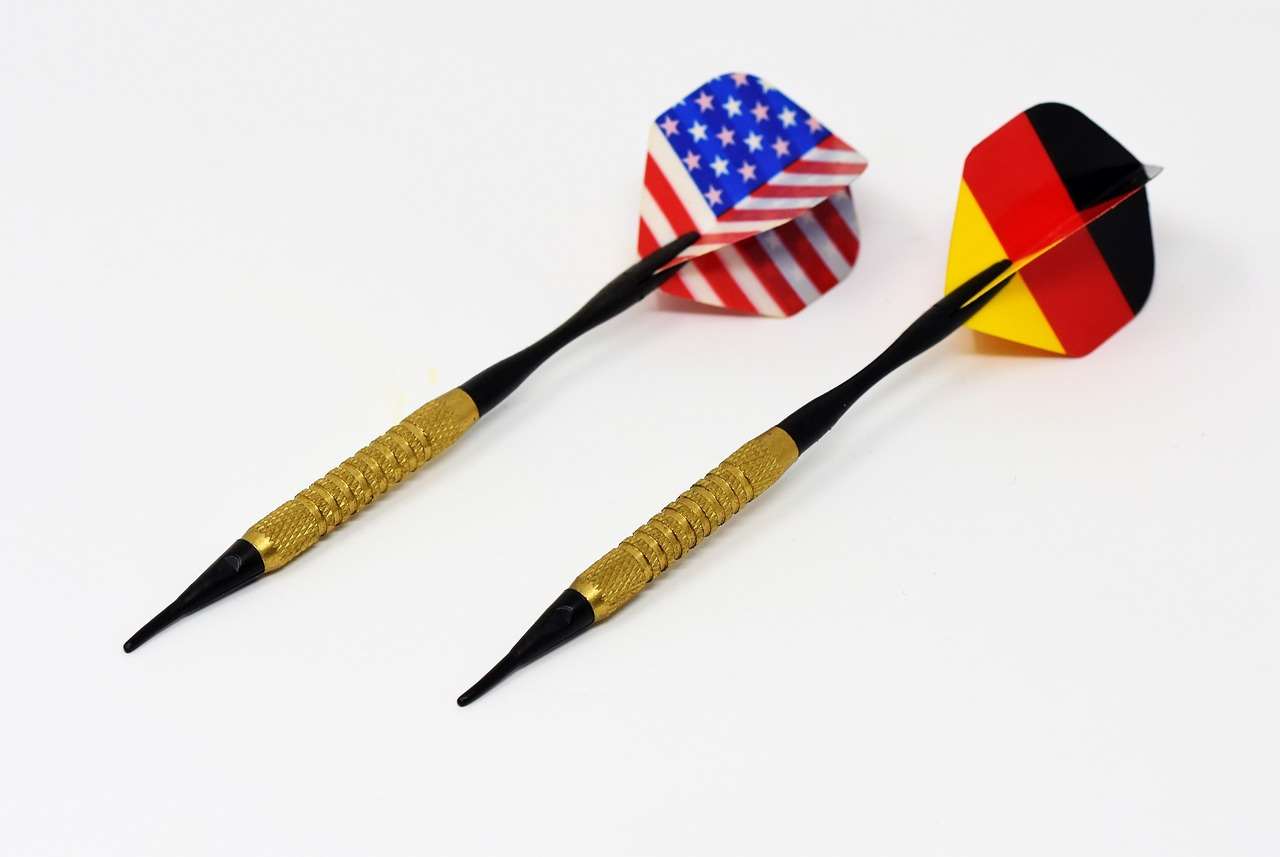
Addressing Body Sway and Movement
Minimizing unnecessary body sway and movement is crucial for maintaining consistency. Any extraneous movement during your throw can throw off your aim and disrupt your release. Focus on keeping your body as still as possible from the waist down, allowing your arm to do the work. Learning how darts how to improve accuracy can also help limit these movements.
Use a mirror to observe your stance and throwing motion. Look for any obvious swaying or rocking. If you notice unwanted movement, consciously try to minimize it. You can also try practicing with a friend who can provide feedback on your body movement.
Adapting Your Playing Darts Stance for Different Body Types and Throwing Styles
The ideal playing darts stance isn’t a one-size-fits-all solution. Different body types and throwing styles may require adjustments to ensure optimal performance.
Height Considerations
Taller players might benefit from a slightly wider stance for increased stability, while shorter players may find a narrower stance more comfortable. Adjusting your distance from the oche can also help compensate for differences in height. Remember to maintain proper gran darts oche to avoid penalties.
Throwing Arm Length
Players with longer arms may prefer a side-on stance to allow for a full and unrestricted throwing motion. Those with shorter arms might find an angled or front-on stance more comfortable and efficient. Proper throwing requires a balance of arm length and darts technique.
Adjusting for Different Grips and Release Points
Your grip and release point can also influence your stance. Experiment with subtle adjustments to your foot placement and body angle to find what feels most natural and allows you to consistently release the dart at the same point in your throwing motion. Experiment with these adjustments while using a Cricket darts scorer app to track your progress.
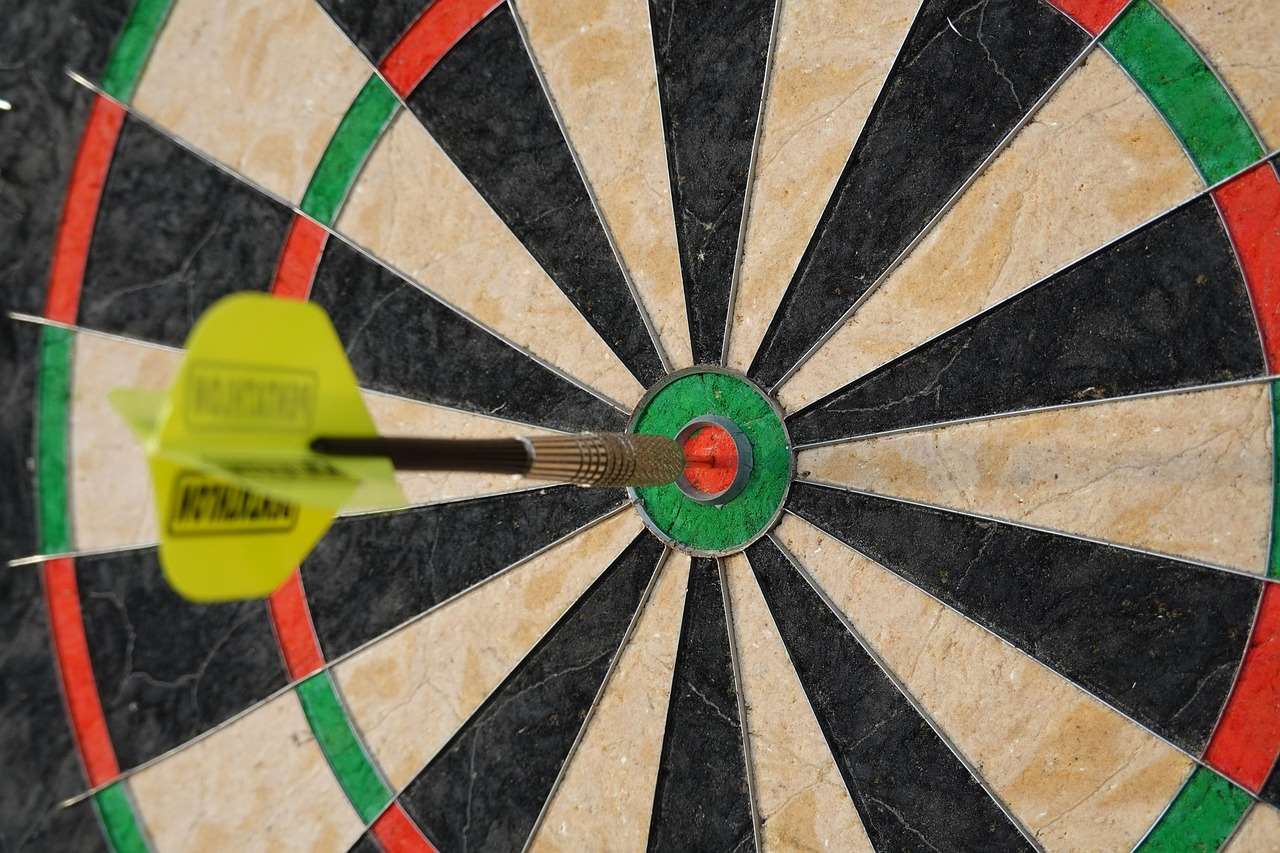
Common Mistakes in Playing Darts Stance and How to Fix Them
Even experienced players can fall into bad habits with their playing darts stance. Recognizing and correcting these common mistakes can significantly improve your accuracy and consistency.
Leaning Too Far Forward or Backward
As mentioned earlier, excessive leaning can disrupt your balance and throw off your aim. Consciously focus on maintaining a balanced posture with your weight evenly distributed between both feet. If you find yourself constantly leaning, try adjusting your foot placement or shortening your distance from the oche.
Locking Your Knees
Locking your knees can restrict your movement and make you feel stiff and uncomfortable. Keep your knees slightly bent to maintain flexibility and allow for a more fluid throwing motion. Keeping them bent facilitates better darts grip technique.
Moving Your Head During the Throw
Moving your head during the throw can disrupt your focus and throw off your aim. Keep your head still and focused on the target throughout your throwing motion. Practice in front of a mirror to monitor your head movement and make necessary adjustments.
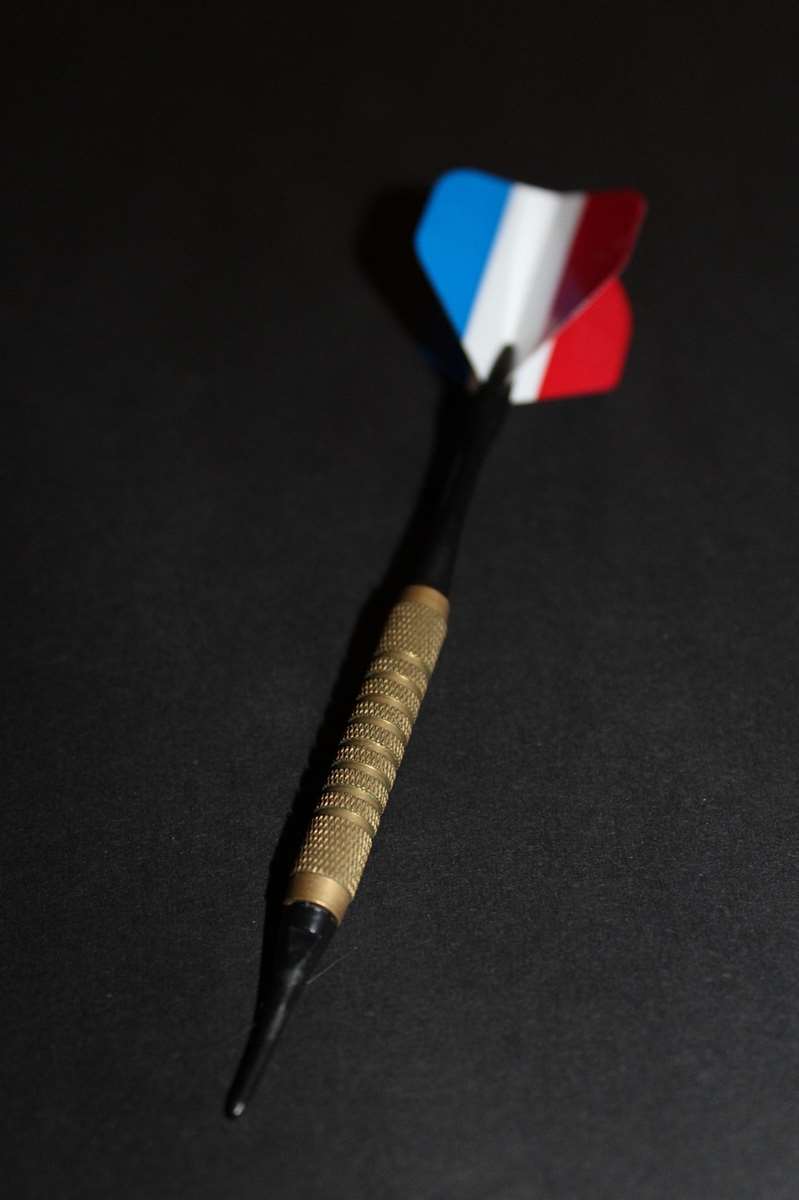
Practice Drills to Improve Your Playing Darts Stance
Consistent practice is essential for developing and maintaining a solid playing darts stance. Here are a few drills you can use to improve your balance, stability, and overall throwing motion.
- The Balance Drill: Stand in your chosen stance and close your eyes. Try to maintain your balance for as long as possible. This drill will help you improve your proprioception (your sense of body position) and strengthen your core muscles.
- The Mirror Drill: Practice your throwing motion in front of a mirror. Pay attention to your body movement and make sure you’re keeping your head still and minimizing sway.
- The Target Practice Drill: Focus on hitting specific targets on the board while maintaining a consistent stance. This will help you integrate your stance into your overall throwing technique.
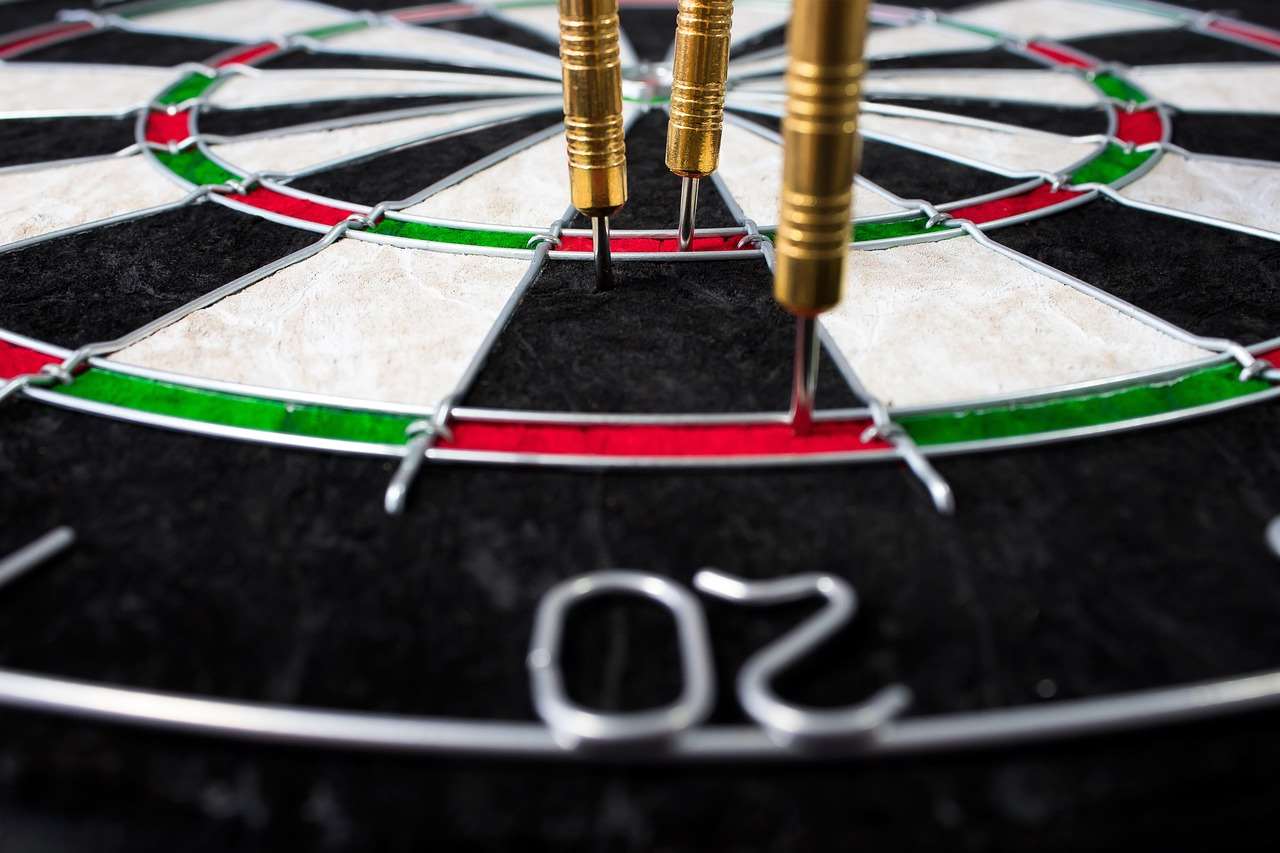
Conclusion: Mastering Your Playing Darts Stance for Improved Performance
Developing a consistent and effective playing darts stance is a fundamental aspect of improving your darts game. Remember that there is no one-size-fits-all solution, and the ideal stance will vary depending on your individual body type, throwing style, and personal preferences. Experiment with different stances, pay attention to your balance and stability, and refine your technique through consistent practice.
By focusing on the key principles outlined in this article, you can create a solid foundation for your throwing motion, leading to increased accuracy, consistency, and overall enjoyment of the game. So, step up to the oche, experiment, and find the stance that helps you hit those trebles with confidence. Don’t forget to consistently review and adapt your stance as your playing style evolves. Now, go out there and perfect your stance for improved darts game strategy!
Hi, I’m Dieter, and I created Dartcounter (Dartcounterapp.com). My motivation wasn’t being a darts expert – quite the opposite! When I first started playing, I loved the game but found keeping accurate scores and tracking stats difficult and distracting.
I figured I couldn’t be the only one struggling with this. So, I decided to build a solution: an easy-to-use application that everyone, no matter their experience level, could use to manage scoring effortlessly.
My goal for Dartcounter was simple: let the app handle the numbers – the scoring, the averages, the stats, even checkout suggestions – so players could focus purely on their throw and enjoying the game. It began as a way to solve my own beginner’s problem, and I’m thrilled it has grown into a helpful tool for the wider darts community.